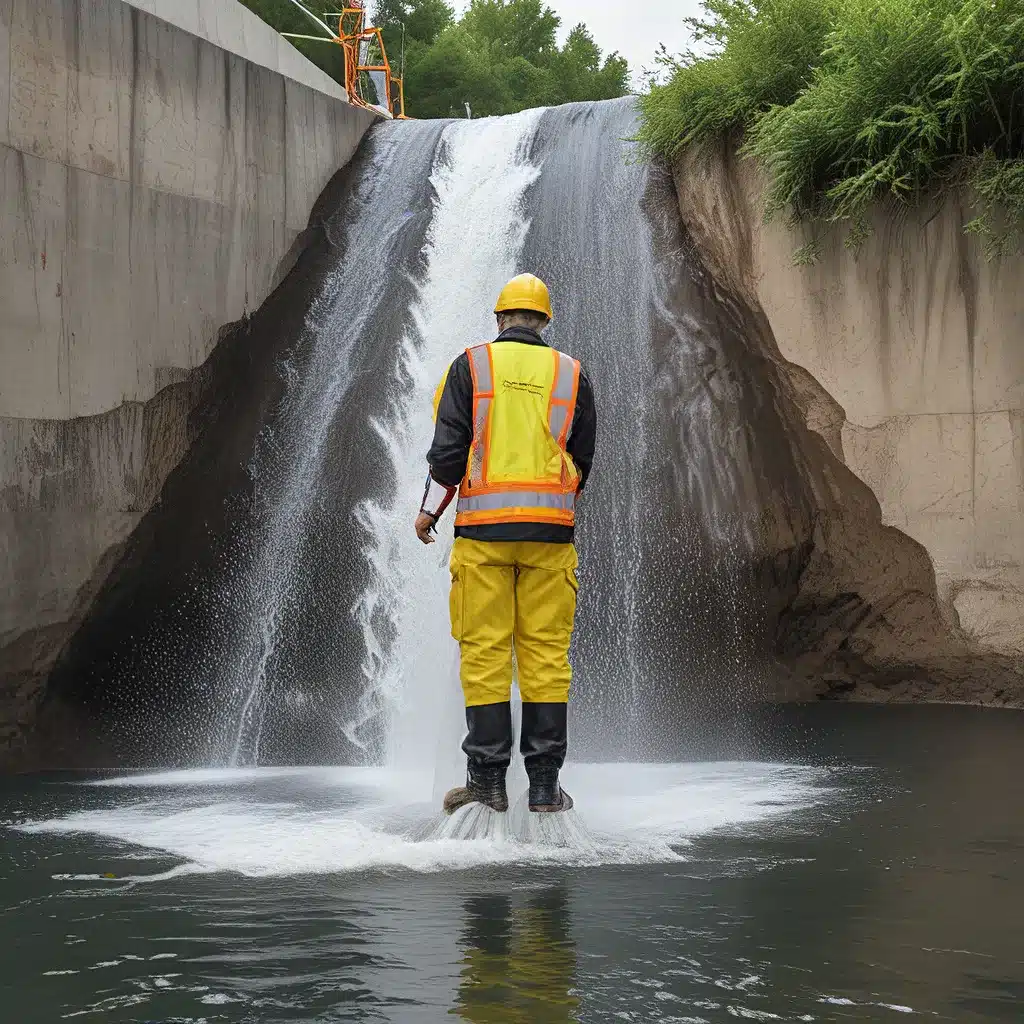
As someone who has worked in the water treatment industry for over a decade, I can attest to the critical importance of safety. The water sector is not only essential for the health and well-being of our communities, but it also requires meticulous attention to detail and a steadfast commitment to protecting both workers and the public. That’s why I’m excited to share with you some innovative training techniques that are elevating safety standards and transforming the way we approach this vital field.
Embracing the Power of Immersive Learning
One of the most promising developments in water sector safety training is the increasing use of immersive learning technologies. Imagine being able to step into a virtual reality simulation that replicates the exact conditions and challenges you might face on the job. This is precisely what many forward-thinking organizations are doing, and the results are nothing short of remarkable.
Drone technology, for instance, is revolutionizing the way we inspect and maintain critical water infrastructure. By equipping workers with the latest drone equipment and training them in its safe and effective use, we can now access hard-to-reach areas, identify potential hazards, and respond to emergencies with greater speed and precision. This not only enhances safety but also boosts overall efficiency and productivity.
But the real magic happens when we combine these cutting-edge tools with interactive, scenario-based training. Imagine being able to practice emergency response procedures in a virtual environment that feels as real as the actual field conditions. This allows workers to hone their skills, build muscle memory, and learn from their mistakes in a safe and controlled setting before ever setting foot on the job site.
Cultivating a Culture of Safety
Of course, implementing innovative training techniques is only one piece of the puzzle. To truly elevate safety in the water sector, we must also foster a robust culture of safety that permeates every aspect of our operations.
As the White House has emphasized, it’s critical that we prioritize worker health and safety, ensuring that all employees have access to the resources, support, and training they need to perform their duties safely and effectively. This means not only investing in cutting-edge technologies but also empowering workers to speak up, raise concerns, and actively participate in the safety-improvement process.
One way we’re achieving this is by encouraging a shared sense of responsibility and accountability. Rather than relegating safety to a handful of designated “safety officers,” we’re making it everyone’s job to identify and address potential hazards. This collaborative approach not only enhances overall vigilance but also fosters a culture of continuous improvement, where every worker feels empowered to contribute to the ongoing evolution of our safety practices.
Embracing Sustainable and Innovative Practices
But the benefits of elevating water sector safety extend far beyond the immediate protection of our workers. By adopting innovative training techniques and cultivating a culture of safety, we’re also paving the way for a more sustainable and environmentally responsible future.
As the White House has outlined, investing in infrastructure modernization and clean energy initiatives can not only create good-paying jobs but also reduce the environmental impact of our operations. By leveraging cutting-edge technologies and prioritizing worker safety, we can optimize our processes, minimize waste, and ensure that the essential services we provide are delivered in a way that truly benefits both our communities and the planet.
Imagine a world where water treatment facilities are powered by renewable energy, where workers use advanced monitoring systems to detect and address leaks and other inefficiencies, and where every employee is empowered to contribute to the ongoing quest for sustainability. This is the future that we’re striving for, and by embracing innovative training techniques and cultivating a culture of safety, we’re well on our way to making it a reality.
The Path Forward: A Call to Action
As we look to the future, it’s clear that the water sector is poised for a transformative shift. By harnessing the power of immersive learning, embracing cutting-edge technologies, and fostering a culture of safety and responsibility, we can not only protect our workers but also pave the way for a more sustainable, efficient, and resilient water infrastructure.
And the best part? We’re not in this alone. Organizations like Inland Waters, Inc. are leading the charge, developing innovative training programs and partnering with industry leaders to push the boundaries of what’s possible in the water treatment space.
So, if you’re ready to be a part of this exciting journey, I encourage you to explore the resources and opportunities available through Inland Waters and other forward-thinking organizations. Together, we can elevate the water sector to new heights, ensuring that the essential services we provide are delivered with the utmost care, efficiency, and safety.
The future is ours to shape, and I can’t wait to see what we accomplish.


